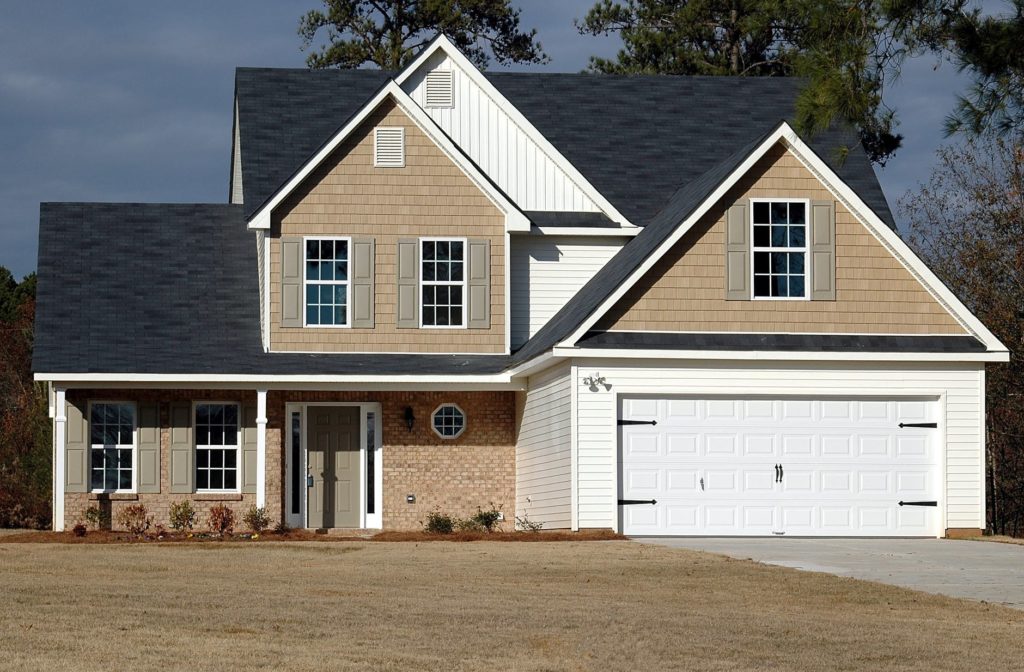Disclosure: This post may contain affiliate links, meaning we get a commission if you decide to make a purchase through our links, at no cost to you. Please read our disclosure for more info.
As the name suggests, a pressure sensor measures the relative pressure of gasses and liquids. They are widely used in many applications from simply checking your tyre pressure to measuring the altitude of aircraft, satellites and weather balloons.
In This Post:
What Are the Different Types of Pressure Sensor?
So, whether the application is medical, domestic or industrial, pressure sensors are found in almost every area where fluid and gasses are controlled and monitored. Due to this massive variety of uses, a pressure sensor manufacturer needs to create a large range of pressure sensors to meet demand.
There are a wide variety of pressure sensors, the most common of which are:
- Aneroid Barometer Sensors
- Manometer Sensors
- Bourdon Tube Pressure Sensors
- Vacuum Pressure Sensors
- Sealed Pressure Sensors
Each one has its own advantages and disadvantages, depending on the type of application.
1. Aneroid Barometer Sensors
This device is made up of a hollow metal casing with the top and bottom surfaces made from a flexible material. As the atmospheric pressure changes, the metal casing will change shape. That change in shape is translated into scaled measurements on a display like a pointer dial
These require no liquids to function and are typically compact and durable but is not suitable for all purposes. However, this type of device is common in homes and recreational boats as well as being used in meteorology.
2. Manometer Sensors
This pressure fluid sensor has a relatively straightforward design, yet provides a greater level of accuracy than aneroid barometers. It works simply by measuring the effect of pressure on a column of liquid.
A typical manometer is a simple U-shaped tube containing fluid. The pressure is applied to one side of a tube, making the fluid level drop at one end and consequently rise at the other. The pressure level is measured as the difference in height between the two sides.
However, despite this simplicity, manometer sensors are only effective within a specific pressure range and, like aneroid barometers, have a slow response rate which is not suitable for many applications.
3. Bourdon Tube Pressure Sensors
Working to the same essential principles as aneroid barometers, this sensor uses a sensing element or helical tube instead of a hollow capsule. This typically increases the response rate so is more suitable for more dynamic processes than the aneroid barometer.
4. Vacuum Pressure Sensors
Vacuum pressure can be difficult to detect through mechanical methods. Vacuum sensors use a heated wire that, when vacuum pressure increases, rises in temperature. This is then calibrated against the pressure to measure the vacuum.
5. Sealed Pressure Sensors
Sealed pressure sensors are typically used in submarines and other submersible vessels. It uses pressure at sea level as a reference to calculate the depth of the vessel by comparing the ambient pressure and to atmospheric pressure in the sealed device.
As you can see, having a basic understanding of these different types of the sensor will help the process of selecting the correct pressure sensor for the correct application. However, given a large number of possible applications, a pressure sensor manufacturer will also offer custom solutions.


